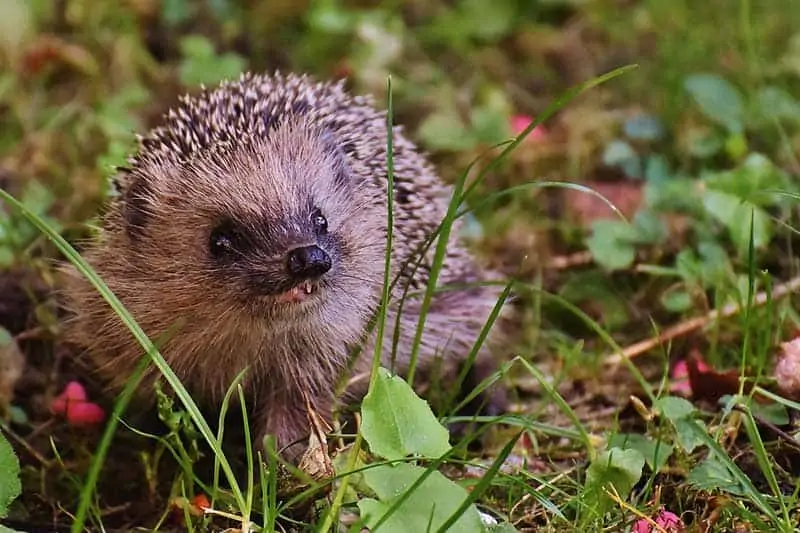North American Animals That Hibernate

is a fascinating natural phenomenon that allows certain animals to survive harsh winters by going into a state of dormancy. In North America, a diverse range of creatures have evolved this remarkable ability to conserve energy and endure the cold months. Let’s explore some of the incredible North American animals that hibernate and uncover the secrets of their survival.
1. American Black Bear (Ursus americanus): The American Black Bear, found in various habitats across North America, is known for its exceptional hibernation skills. As winter approaches and food becomes scarce, these bears seek out a cozy den where they’ll spend the entire winter. During hibernation, their heart rate and metabolic processes slow down significantly, allowing them to sustain themselves on stored fat reserves.
2. Eastern Chipmunk (Tamias striatus): The adorable Eastern Chipmunk is a common sight in North American woodlands. These small, striped rodents are proficient hibernators. They prepare for winter by stockpiling food in burrows and, as temperatures drop, they enter a deep sleep. Unlike some other hibernators, chipmunks wake up occasionally to nibble on their food cache before resuming their slumber.
3. Arctic Ground Squirrel (Urocitellus parryii): In the northern regions of North America, the Arctic Ground Squirrel exhibits an incredible adaptation to survive extreme cold. These squirrels hibernate for up to eight months! They burrow deep underground and drop their body temperature close to the freezing point. This adaptation helps them conserve energy and endure the long Arctic winters.
4. Bats (Order Chiroptera): North America is home to various bat species that undergo hibernation, including the Little Brown Bat and the Indiana Bat. As temperatures plummet, bats seek out caves, abandoned mines, or tree hollows to hibernate. They enter a state of torpor, during which their body temperature and metabolism decrease dramatically, allowing them to survive on stored fat reserves until spring.
5. Woodchuck (Marmota monax): Also known as groundhogs, Woodchucks are skilled hibernators found throughout much of North America. Before entering hibernation, they consume large amounts of food to build up fat stores. Woodchucks dig burrows below the frost line, providing a stable environment for their winter sleep. During hibernation, their heart rate drops from around 80 beats per minute to as low as 5 beats per minute.
6. Garter Snakes (Thamnophis spp.): Even some reptiles in North America have developed hibernation strategies. Garter snakes are an example of snakes that hibernate during the colder months. They gather in large numbers in underground dens, where they enter a state of brumation, a reptilian form of hibernation. When spring arrives, they emerge en masse to bask in the sun and raise their body temperatures.
Conclusion: The ability to hibernate is a remarkable survival strategy that allows North American animals to endure the challenges of winter. From bears and chipmunks to ground squirrels and bats, these creatures have evolved unique adaptations to cope with the cold and scarcity of resources. As we continue to marvel at the wonders of nature, let’s also remember the importance of conserving these habitats and protecting these incredible hibernating animals for generations to come.






